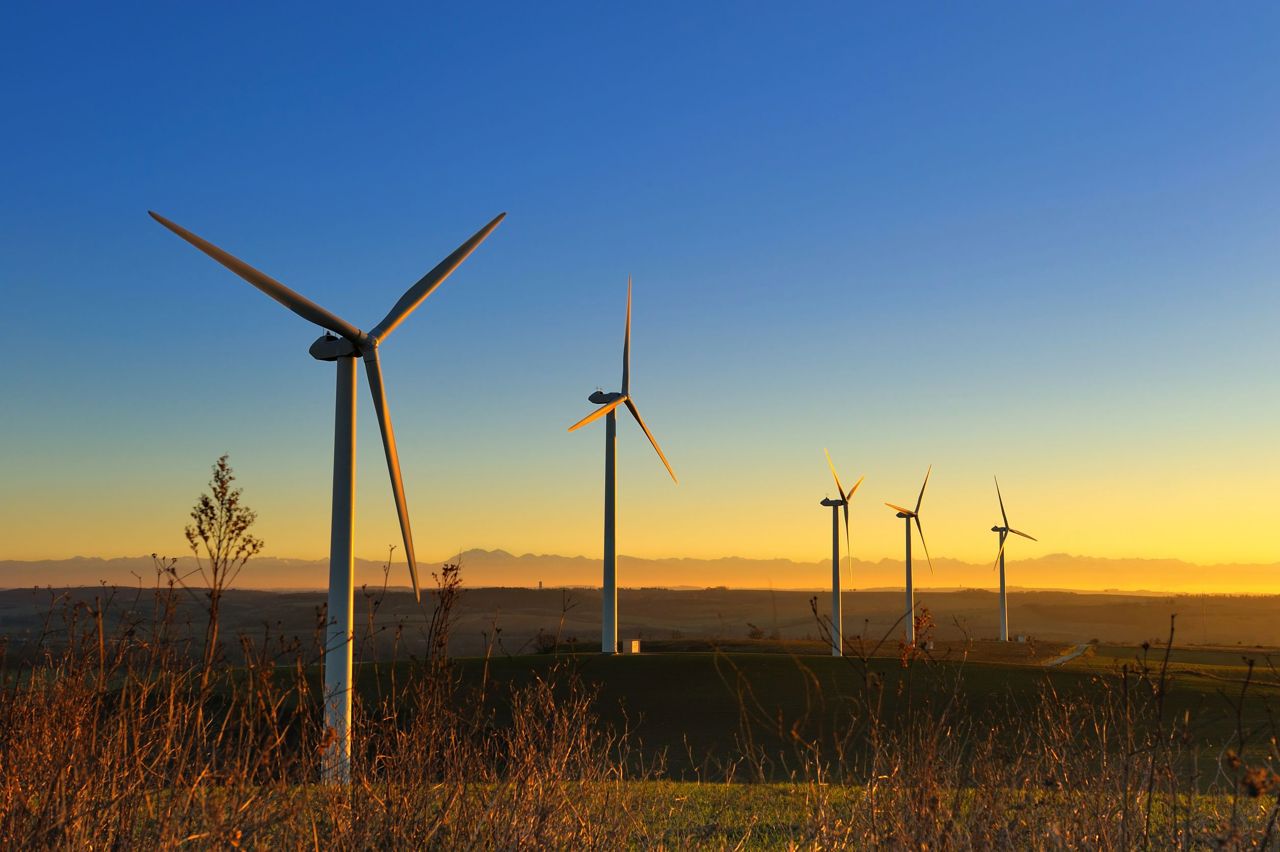
Fact check
The electricity is not for export. All electricity produced by the proposed wind farm would feed into the Irish grid.
There will be no overhead power lines associated with this project. Although a more expensive option, all cables associated with the proposed project will be placed underground.
It is often stated that noise is a huge issue. However, there are more than 1,400 turbines in Ireland, with more than 25,000 people living within 2km of those sites. This is within the 10x rotor diameter exclusion zone some people believe is required. Over the last decade, we have been made aware of only a handful of individuals who have said they are disturbed by noise. In all, the complaint rate is approximately 0.02%.
On the Living with Wind link in the Useful Links & Videos section, you will hear first-hand experiences of people neighbouring wind farms in Ireland. Modern turbines produce a sound like that made by wind blowing through a forest. When set well back from homes, and located according to the current guidelines, as will be the case on any wind farm we seek to develop, there are no issues with sound.
As a matter of course and as part of any planning application, Statkraft Ireland commits to putting a decommissioning bond in place. This bond would be held in trust by the local authority and to ensure that turbines will be removed from the site once no longer required.
Some people claim that turbines do not produce energy much of the time. In reality, wind turbines produce electricity from a slight breeze (c.13km/h) upwards. But there is no need to take our word for it - you can find historical data on the Met Éireann website. Wind farms supplied a record 35% of all electricity used on the island of Ireland in 2023 - an impressive achievement and a sure sign that turbines are almost always producing energy.
Some claim that there is evidence that wind energy was incapable of reducing CO2 emissions.
The evidence is black and white on this one. Both the ESRI and the SEAI have published reports of detailed models of the Irish power system operated with and without wind farms. One used a statistical top-down model, while the other used a detailed hourly simulation of the demand, wind generation, fossil fuel prices and other variables.
Both studies assessed in detail the balancing and back-up costs required, and came to a similar conclusion: In 2012, wind energy displaced 1.5 million tonnes of CO2 from our power system. That’s a long way from the zero reduction that those opposed to wind energy would have you believe. This is not just about doing our bit to tackle climate change, the world is very likely to agree on a global carbon price per tonne of CO2 in the coming years and Ireland’s over-dependence on imported fossil fuels will leave it very exposed economically. Onshore wind is quite simply the best resource Ireland has to achieve this at scale.
In the past, there have been claims that low frequency noise, which manifests itself as a low thrumming, is linked to health issues.
Wind turbines do indeed produce low frequency (or infrasound), but this sound is less than the human hearing threshold of 20Hz. Put simply, humans can’t hear it - and if they can’t hear it, it doesn’t cause any annoyance. Anyone who has visited a wind farm site knows that the sound from the blades is a sort of whoosh. There is no tonal humming or clanking or machinery noise, and certainly no thrumming effect.
Those opposed to wind energy often seek to link this thrumming infrasound to health concerns (a common myth coming mainly from one discredited source, a book called Wind Turbine Syndrome). In fact, our environment is full of such low-intensity background infrasound. It is produced by vehicles on roads, air conditioning units, washing machines, your own beating heart, waves crashing on a beach and a whole host of natural phenomena. As the Australian Environmental Protection Agency concluded in a detailed 2013 study: “Organised shutdowns of the wind farms adjacent to homes where low frequency noise measurements were taken, indicate there did not appear to be any noticeable contribution from the wind farm to the G-weighted infrasound level measured."
If infrasound was a problem for human comfort or health, nobody could live in a city or near a road.